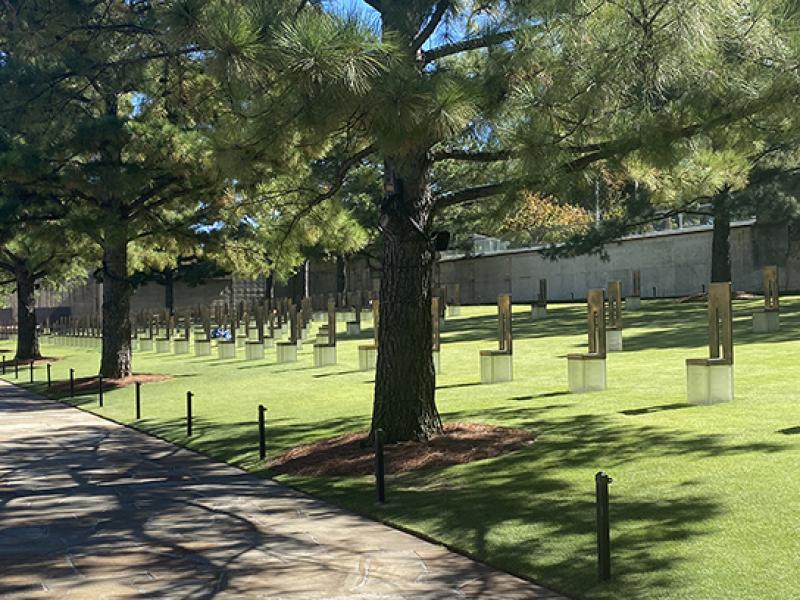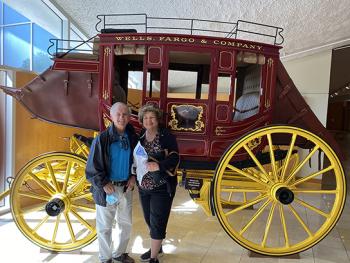Of Interest in Oklahoma City
This item appears on page 26 of the May 2021 issue.
My husband, Bill, and I visited family in Oklahoma City, Oklahoma, in mid-October 2020.
• Unfortunately, the city is known mainly for the bombing of the Alfred P. Murrah Federal Building on April 19, 1995. The Oklahoma City National Memorial & Museum, focusing on the bombing, are both very poignant sights. The building site now has an empty chair for each of the 168 victims. Nineteen smaller chairs represent the children killed.
The museum (entry for seniors, $13) is just across from the reflecting pool. There are exhibits on eyewitness accounts, the rescue missions and every moment of that terrible day.
• We also visited the Oklahoma History Center (405/522-0765, www.okhistory.org) (seniors, $5), offering detailed information and pictures on the 1889 Land Run, when land was given away by the federal government on a first-come/first-claimed basis, and on the Dust Bowl of the 1930s. We watched a few movies, but the interactive exhibits were all closed because of COVID.
• Another fun place to visit was the National Cowboy & Western Heritage Museum (405/478-2250, nationalcowboymuseum.org) (seniors, $9.50), which has extensive exhibits on Western movies and television programs that I grew up watching, like “Bonanza,” “Rawhide” and “Gunsmoke,” and on stars like John Wayne, Gene Autry and James Arness.
We saw a small rodeo arena with displays on calf roping, bronco busting and barrel racing and on men and women famous in each event.
There was a re-created cattle town with a church, hotel, livery stable and shops plus reproductions of council houses and dwellings of American Indians.
The museum contained magnificent works of art by Western artists, including Charles Russell and Frederic Remington, as well as many pictures of ordinary people living in the late 1800s and early 1900s.
There were also extensive displays of beautiful Native American beaded clothing plus baby carriers, a travois (a sledge used to carry supplies) and other items as well as displays on members of the US Army who lived on the posts.
This is a wonderful museum that deserves a several-hour visit.
LIZ (SARAH) FISCHER
Tarpon Springs, FL


